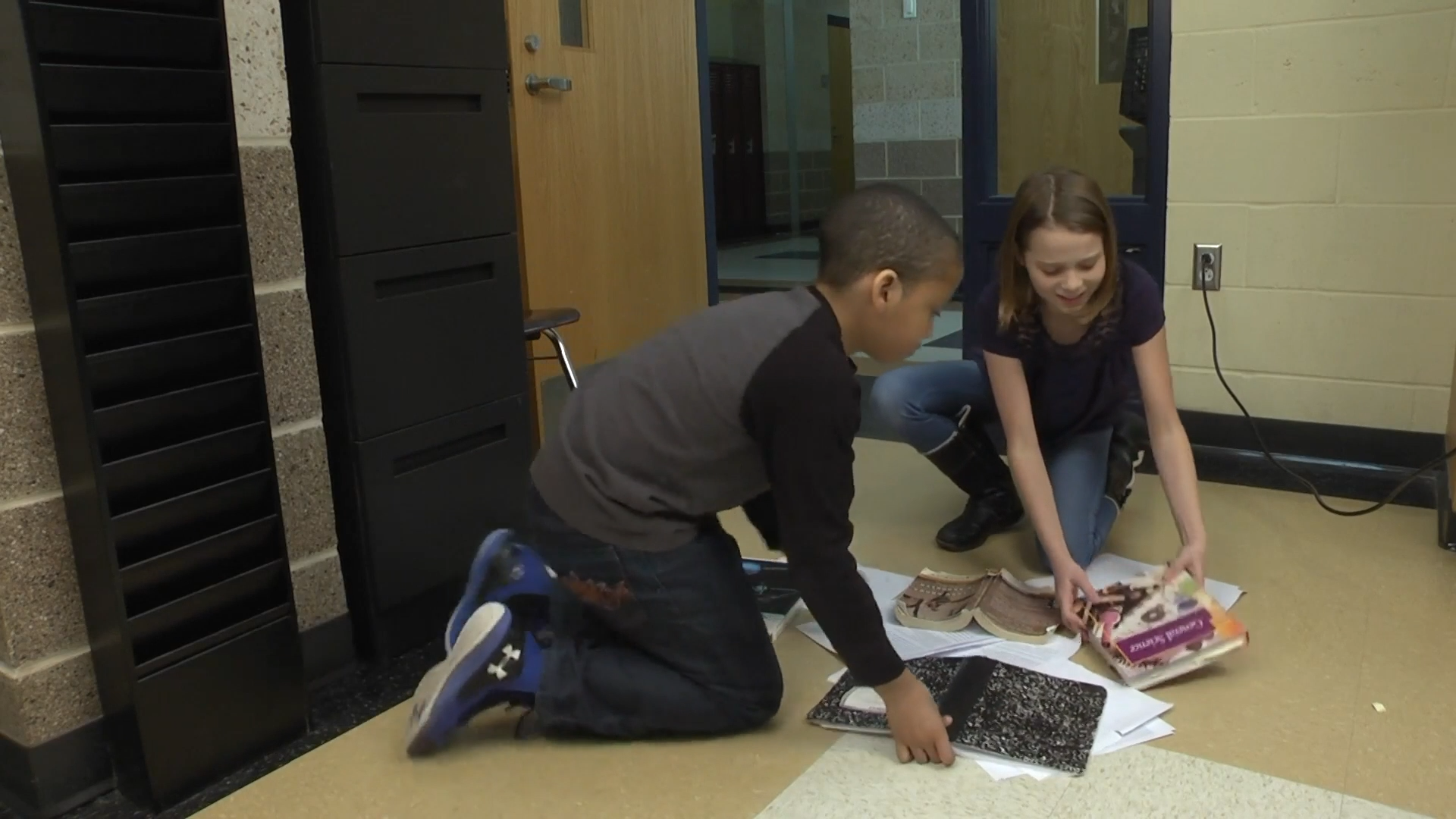
Introduction
One of the essential skills that middle school students need to develop is understanding others’ thoughts and feelings. This skill fosters empathy, improves communication, and helps resolve conflicts. In the story of Alessandra and Devin, we see how recognizing the other person’s perspective can help them solve a problem. In this blog post, we will explore a no-prep activity that teaches students to consider other people’s thoughts and feelings, followed by discussion questions, related skills, and next steps.
No-Prep Activity: The Perspective Switch
This activity requires no preparation or materials, making it an ideal choice for busy educators. The goal of the Perspective Switch is to help students think about situations from different viewpoints and understand the feelings of others involved.
- Divide the students into pairs.
- Ask each pair to come up with a common scenario that might cause a disagreement or misunderstanding (e.g., someone taking a seat in the cafeteria, a friend not responding to a text message).
- Have each student take on the role of one person in the scenario, and ask them to think about how their character feels and why they might feel that way.
- After a few minutes of discussion, instruct the students to switch roles and consider the thoughts and feelings of the other character.
- Once both students have explored both perspectives, come together as a class and discuss what they learned from the activity.
Discussion Questions
Use these questions to stimulate further discussion and reinforce the importance of understanding others’ thoughts and feelings:
- Why is it important to consider other people’s thoughts and feelings in a conflict or disagreement?
- How can thinking about others’ perspectives help us communicate more effectively?
- What strategies can we use to remind ourselves to consider other people’s thoughts and feelings in our everyday interactions?
- How did switching perspectives in the activity help you better understand the other person’s point of view?
- Can you think of a real-life situation where you could have benefitted from considering someone else’s thoughts and feelings?
Related Skills
Understanding others’ thoughts and feelings is a crucial component of Social-Emotional Learning. Here are some related skills that can help students further develop empathy and effective communication:
- Active Listening: Encouraging students to listen attentively and ask clarifying questions can help them better understand the thoughts and feelings of others.
- Emotion Regulation: Teaching students to manage their emotions can help them respond more empathetically and constructively in conflicts or disagreements.
- Assertive Communication: Encouraging students to express their thoughts and feelings clearly and respectfully can help prevent misunderstandings and promote healthy relationships.
Next Steps
By teaching students to understand others’ thoughts and feelings, we help them develop empathy, improve their communication skills, and resolve conflicts more effectively. To access free sample materials that support this skill and others, visit Everyday Speech’s sample materials page. These resources can provide valuable guidance as you continue to foster Social-Emotional Learning in your classroom.

